Colorado Book Awards Finalists 2025
34th annual awards to be given July 26
Welcome to Rocky Mountain Reader! We’re here because we value books and authors and the freedom to exchange ideas and explore new worlds through reading. We’re here to highlight the vast and varied landscape of literary arts in our home state of Colorado.
Join us each week by logging on to www.rockymountainreader.org; by subscribing to our weekly newsletter that will provide direct links to all new content; and by donating to our nonprofit in support of our operating costs and mission.
We’re happy to be here and we’re overjoyed to have you here with us on the website. Enjoy!

34th annual awards to be given July 26
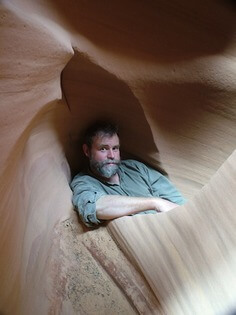
Our Moon author Rebecca Boyle interviews Colorado author Craig Childs about his new book, The Wild Dark: Finding the Night Sky in the Age of Light
An award-winning history of the late 19th century Great Migration by Black Americans to the western Great Plains

A book of poems about notable, though often neglected, women in science
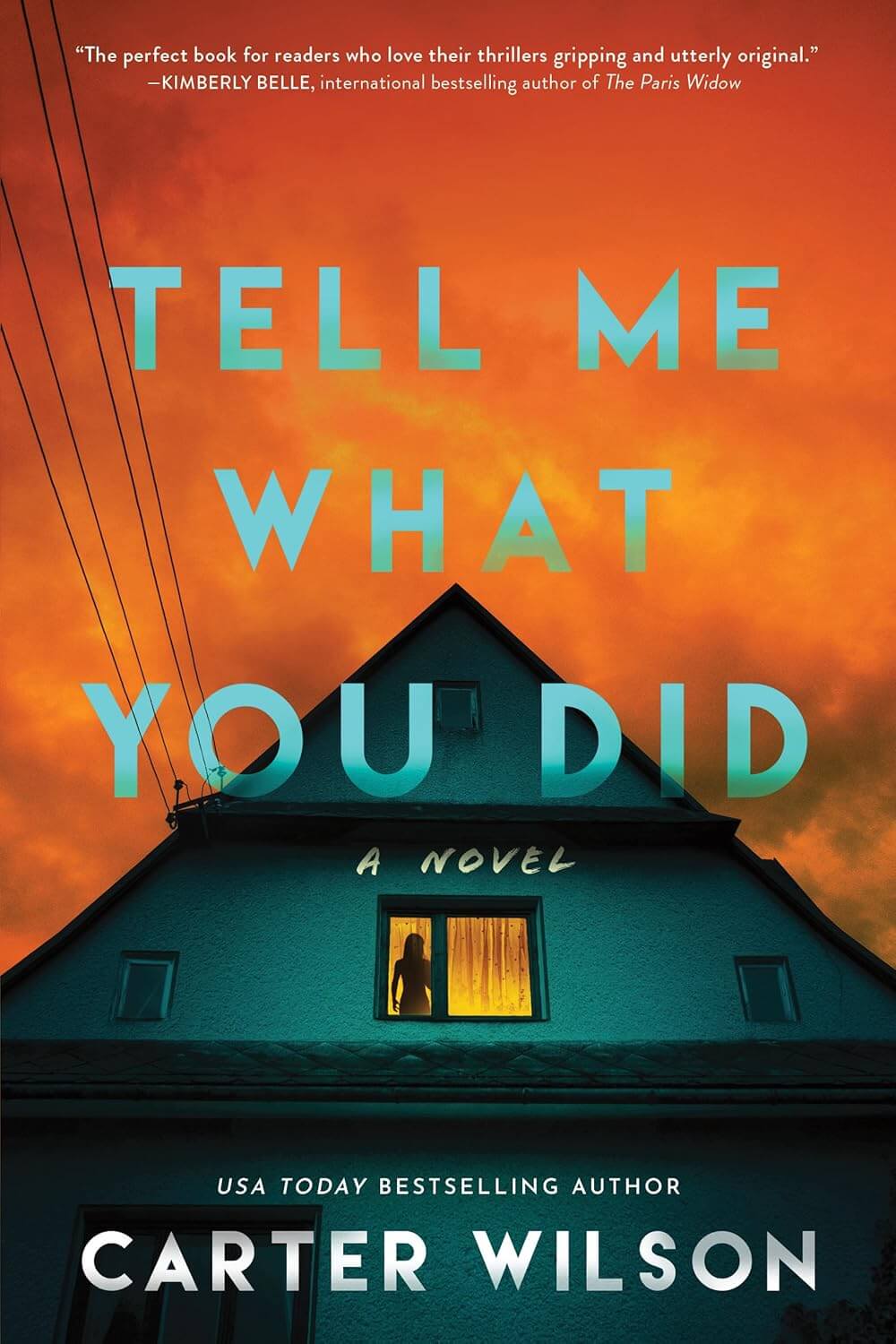
The call-in podcast and thriller worlds are both upended in Carter Wilson’s new novel

A new thriller pulls together a serial killer and a journalist, both seeking redemption
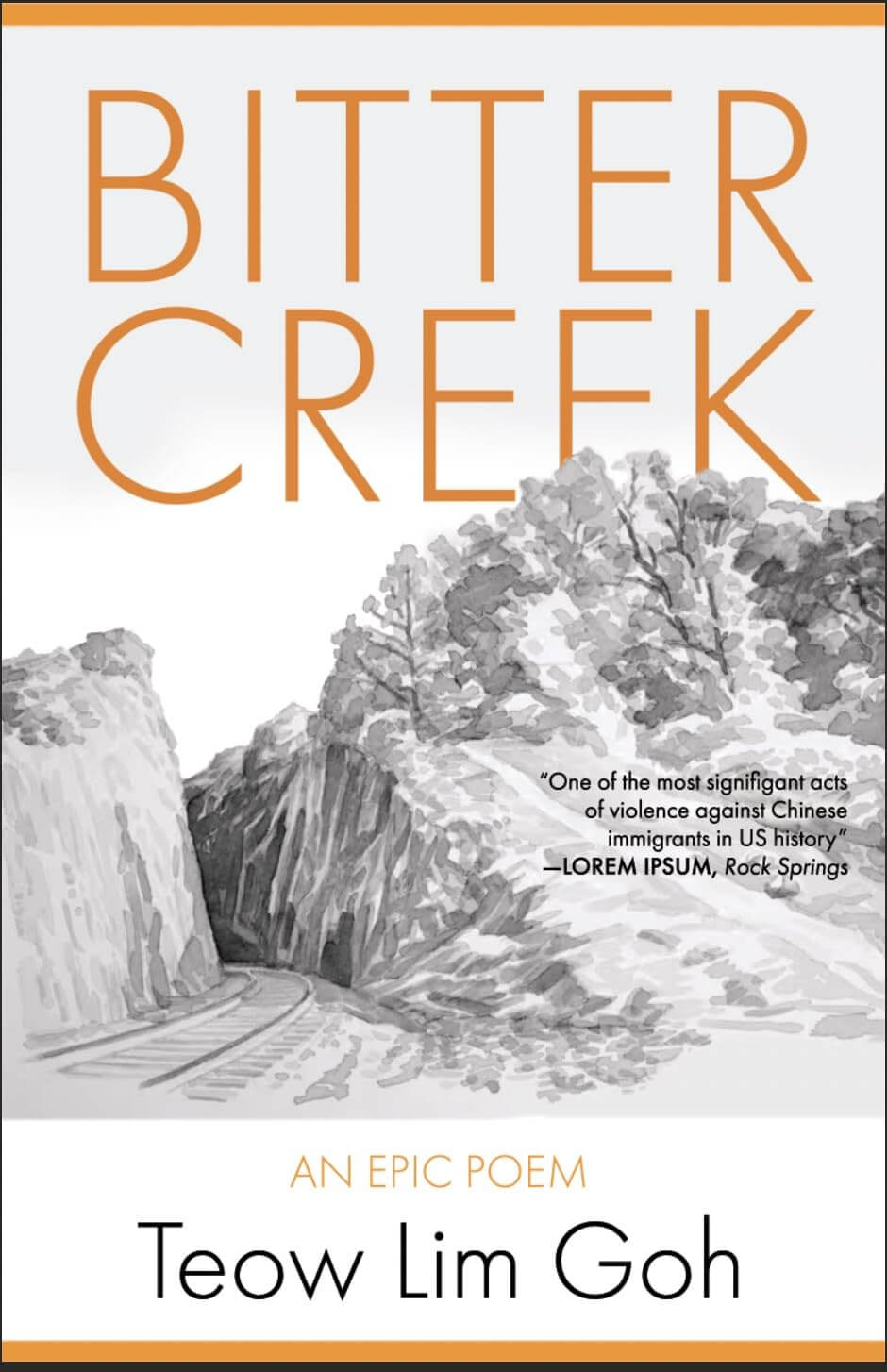
Bitter Creek revisits the infamous Rock Springs Massacre in Wyoming, 1855
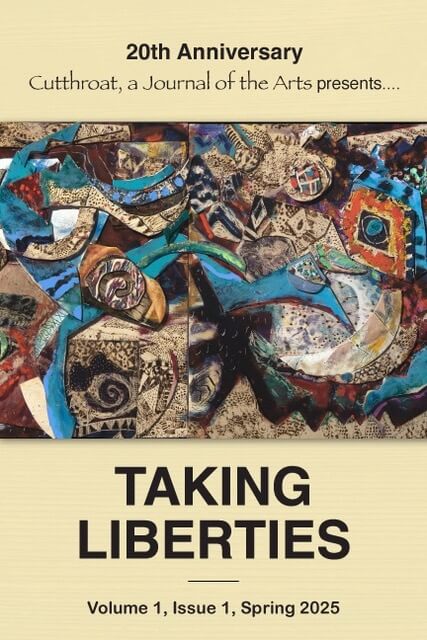
An interview with poet Pamela Uschuk about Cutthroat: A Journal of the Arts and its 20th anniversary
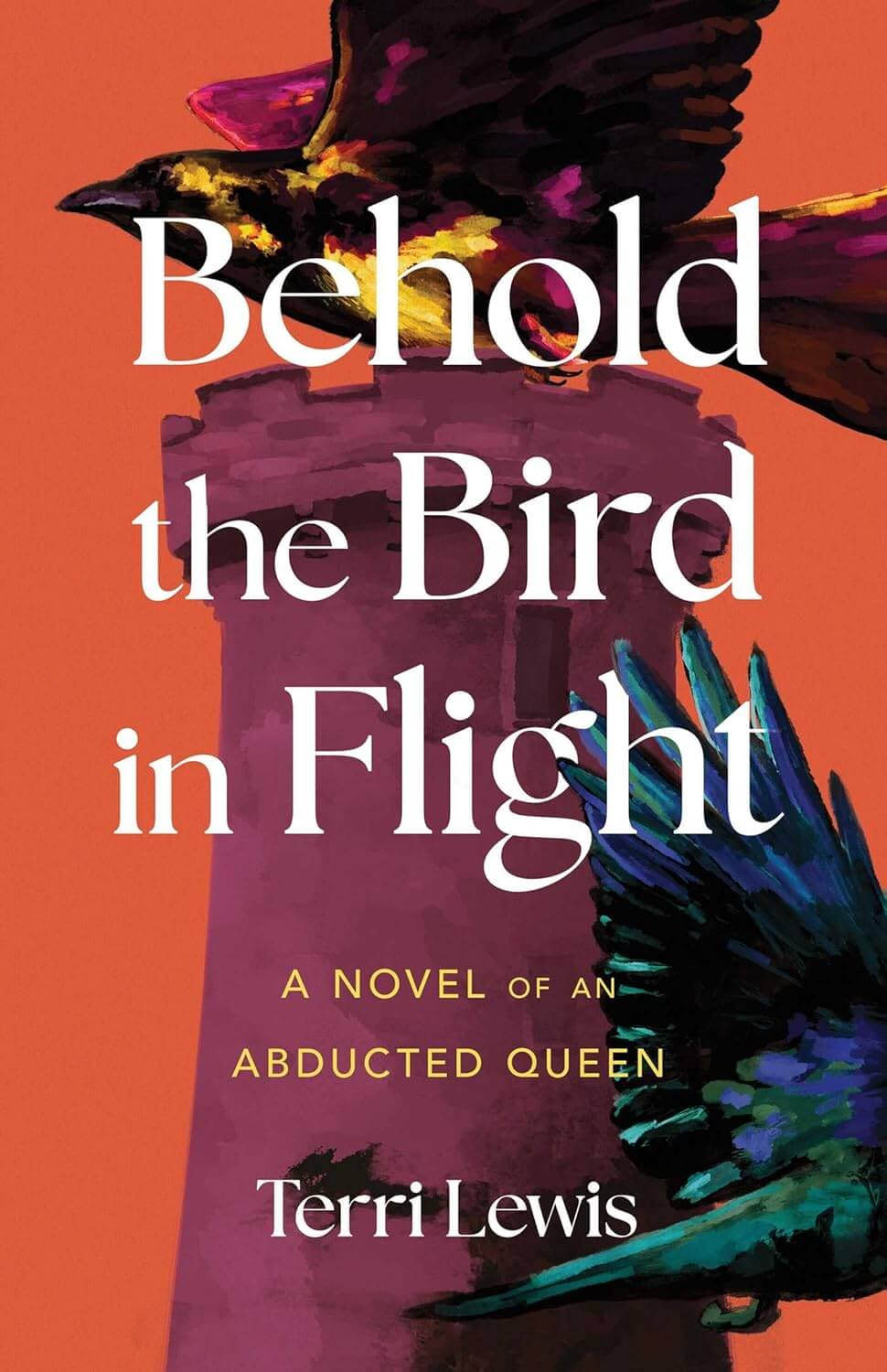
Terri Lewis grew up in Colorado, was a ballet dancer with a German opera company and worked in a circus. It may come a surprise, then, that her debut novel is about the life of Isabelle d’Angoulême, the 11-year-old French noble abducted by England’s King John (yes, that King John—the Magna Carta and all), taken back to England and made queen. As the novel progresses, we realize that Lewis is also a trained historian and an excellent researcher with a passion for medieval times.
The narrative is lively and compelling. Drawing on scant primary sources and historical records, Lewis creates Isabelle as a rich, complex character. Lewis renders Isabelle’s development from a silly child into an effective queen and independent agent able to direct her own destiny, thus fashioning a believable heroine immersed in a believably detailed world.
The story opens in 1198. Isabelle is betrothed to Hugh de Lusignan, who is appreciative of her future dowery but smitten with someone else. Isabelle senses that something is amiss and decides to play at courtly love by flirting with the Plantagenet king. King John, in turn, is smitten by young Isabelle and spirits her away. Her childish fantasies of true love and life in a beautiful castle are quickly dashed when she discovers how cruel her new husband really is. The narrative, while centered on Isabelle, offers the changing perspective of Hugh, and it incorporates the historically well-known characters, Eleanor of Aquitaine (John’s mother) and Richard the Lion Heart (John’s brother) as secondary characters in the Plantagenet drama.
As was the case with most noble women in the 12th and 13th centuries, Isabelle is initially a mere pawn for the men around her—expected to bring her husband a rich marriage settlement and then breed heirs. Learning from the formidable Queen Eleanor, as well as from the exceptionally strong women from the servant classes, this coming-of-age story reveals a more nuanced path than one might initially expect. Isabelle’s increasing autonomy and her growing skill at navigating the complexities of the court and surrounding society make for an exciting read. Although the last few chapters seem a bit rushed, this novel will charm fans of historical fiction and remind us all of the many lesser-known women who have shaped history and, thus, ourselves.
— Perrin Cunningham